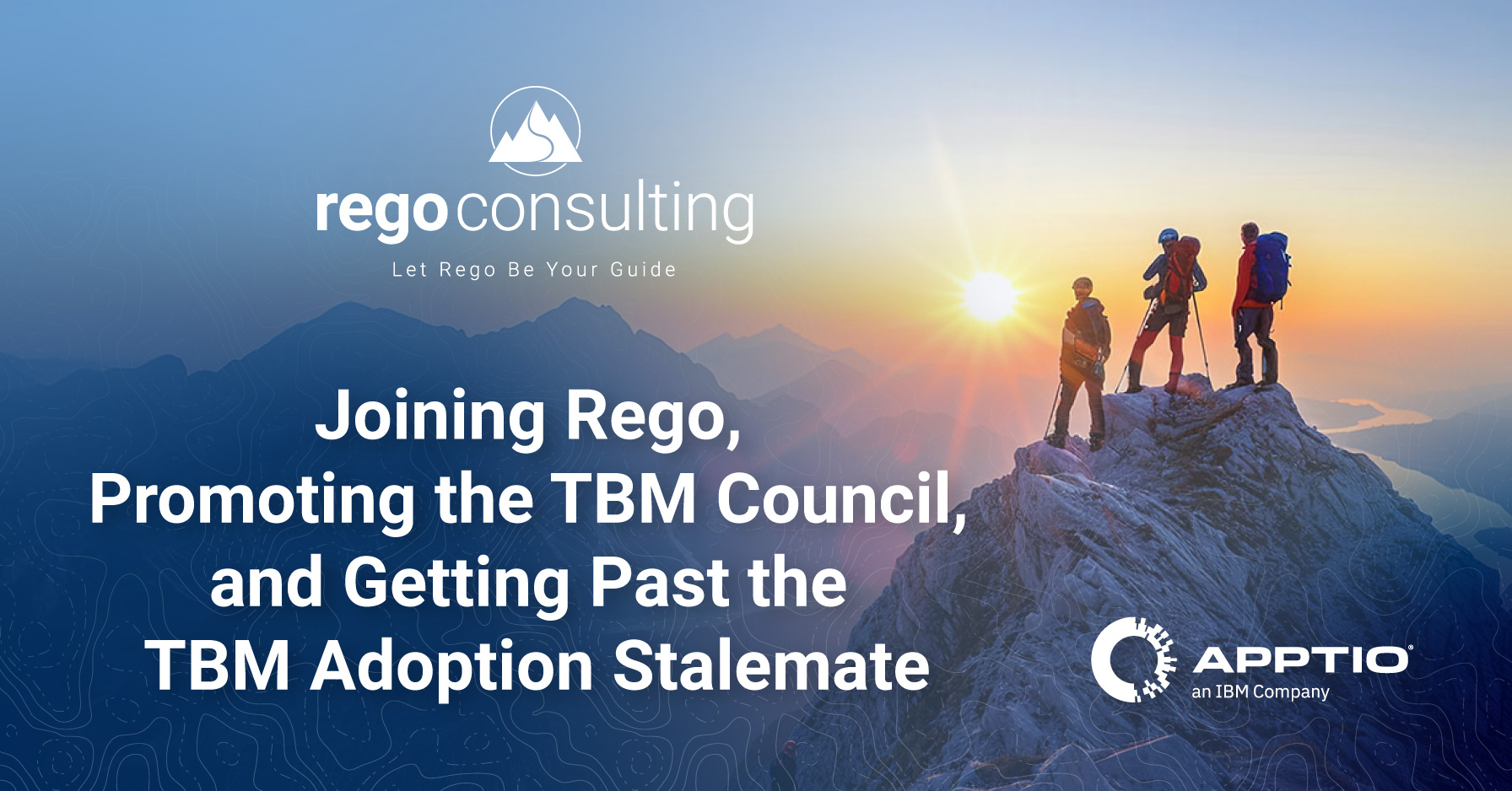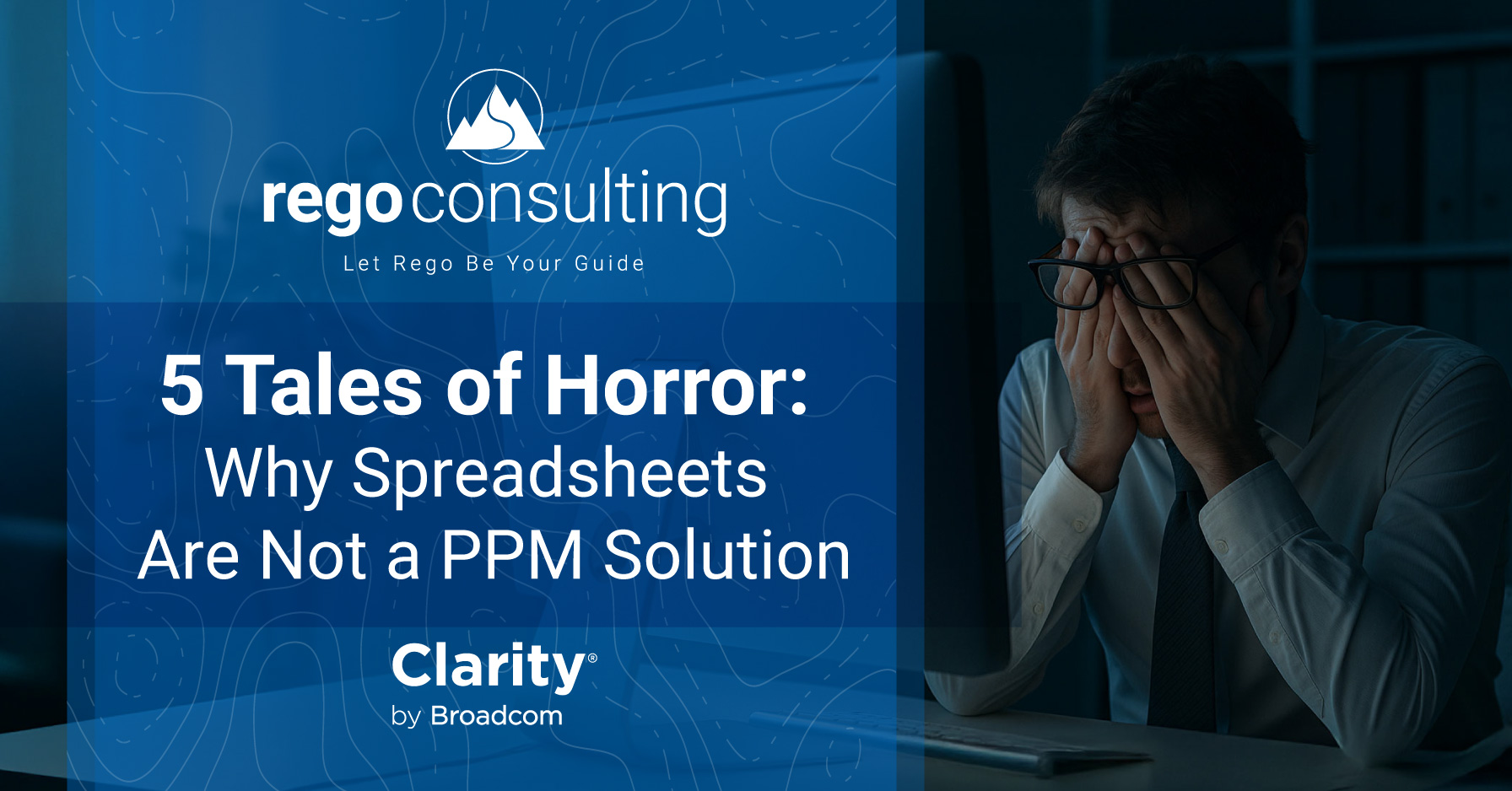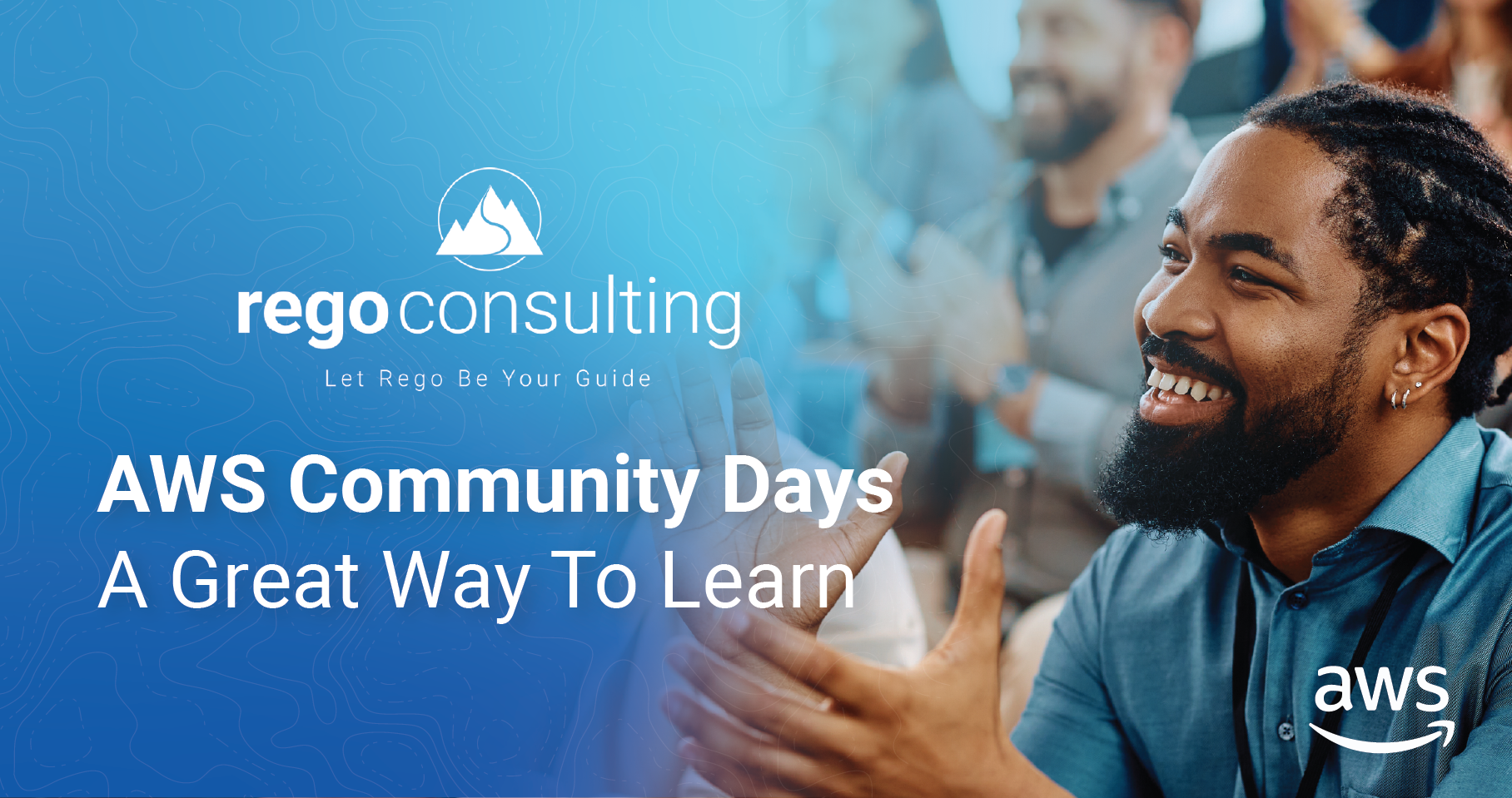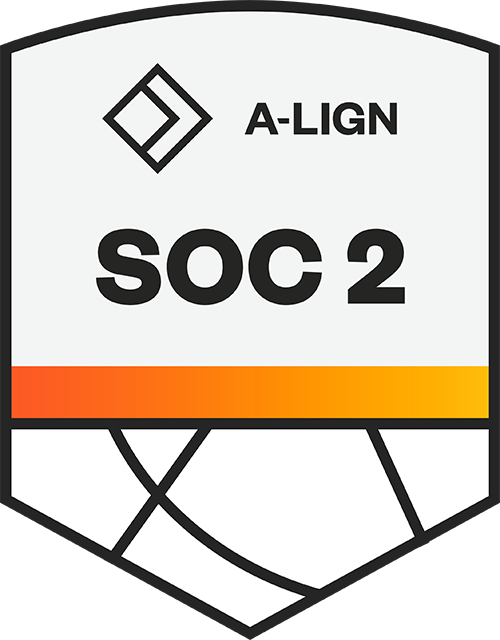
 When you’re managing over 150 AWS accounts, keeping everything secure, efficient, and compliant can feel like herding cats. At Rego, we’ve been there. Our team had a tight migration deadline, a lean DevOps crew, and a unique product to host. We needed a fast, scalable way to bring order to the chaos—without bogging down our engineers in manual setup or endless security checklists.
When you’re managing over 150 AWS accounts, keeping everything secure, efficient, and compliant can feel like herding cats. At Rego, we’ve been there. Our team had a tight migration deadline, a lean DevOps crew, and a unique product to host. We needed a fast, scalable way to bring order to the chaos—without bogging down our engineers in manual setup or endless security checklists.
That’s where AWS Control Tower came in. It gave us the structure, visibility, and automation we needed to manage our cloud environment like a well-oiled machine. No custom code. No patchwork solutions.
In this article, I’ll walk you through how we used Control Tower at Rego, what we learned along the way, and how you can use it to bring sanity and scale to your own AWS setup.
What Is AWS Control Tower?
Think of Control Tower as your all-in-one command center for managing multiple AWS accounts. It sets up what’s called a “landing zone” for your cloud—complete with pre-built guardrails, logging, identity access, and automation tools.
Here’s what it gives you out of the box:
What Are the Components of AWS Control Tower?
Components enable automation of a secure, multi-account AWS environment. AWS Control Tower, through these components, simplifies cloud adoption and reinforces best practices.
- Landing Zone
- Controls or Guardrails
- Account Factory
Benefits of Control Tower
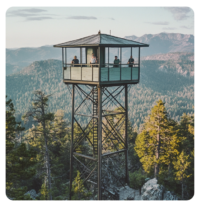 At Rego, we work with our clients to implement project portfolio management (PPM) systems. So when it came time to modernize our own infrastructure, we needed a cloud foundation that was just as strategic and scalable as the solutions we offer.
At Rego, we work with our clients to implement project portfolio management (PPM) systems. So when it came time to modernize our own infrastructure, we needed a cloud foundation that was just as strategic and scalable as the solutions we offer.
We were also early adopters of Customizations for AWS Control Tower (CfCT), which helped us tailor guardrails and automation to our needs—without starting from scratch.
Control Tower helps people:
The best part? We got our landing zone up and running in under an hour. Zero code. Just click, configure, and go.
Lessons Learned Along the Way
Here’s the truth: Control Tower isn’t magic. But if you use it right, it can feel like it.
1. Start with centralized security
Logging, monitoring, identity management all help to be in place before you start adding new accounts. Build your foundation first.
2. Stay current
AWS regularly updates Control Tower and CfCT. Keeping your landing zone up to date every 2 or 3 years ensures you get the latest compliance tools and security enhancements.
To streamline operations and improve security posture, consider integrating your IAM Identity Center with your existing workforce identity process. This alignment can simplify user access management and auditing across your AWS environment.
Be sure to leverage key AWS services to enhance automation and governance, including:
- Account Factory
- Service Catalog
- StackSets
3. Automate account provisioning
Manual steps are where things break. With Account Factory and StackSets, you can roll out new environments in minutes—and know they’re configured correctly.
4. Lean on SSO
IAM Identity Center gives you a single place to manage users and permissions across all accounts. It’s easier to audit, easier to scale, and easier to sleep at night.
5. Monitor your environment
Use services like AWS Security Hub, GuardDuty, Macie, Inspector and Config to keep an eye on changes and catch issues before they become incidents.
A Real-World Example of Control Tower in Action
Here’s how we structured our AWS environment using Control Tower:
Core OUs:
Management, logging, and audit accounts for centralized control
Custom OUs:
Dev, Pre-Prod, and Prod environments—each with their own security boundaries
Sandbox Accounts:
Isolated and restricted accounts for experimentation
Policy Staging:
A dedicated space to test changes to service control policies (SCPs) before pushing them live
Exceptions OU:
For accounts with special requirements, under tighter scrutiny
Regional Compliance OUs:
Segregated accounts based on data residency requirements—such as EU, Canada, and US data zones—ensuring adherence to local governance and privacy regulations
This structure gave our teams room to innovate, without compromising compliance or security. It also simplified cost tracking by tying each account back to a business unit.
Control Tower Best Practices (That We Wish We Knew Sooner)
AWS + Rego Consulting Are a Powerful Combination
Need more ideas to streamline and simplify AWS Control Tower? We got it! Watch this webinar with our experts, providing more details and real-world scenarios.
If your cloud feels more like a maze than a machine, it might be time to take a step back and lay a stronger foundation. Control Tower can help and Rego’s here to guide you if you want a partner who’s been through it.
Have questions or want help implementing a multi-account AWS strategy? Reach out to us at steve@regoconsulting.com or visit regoconsulting.com.




